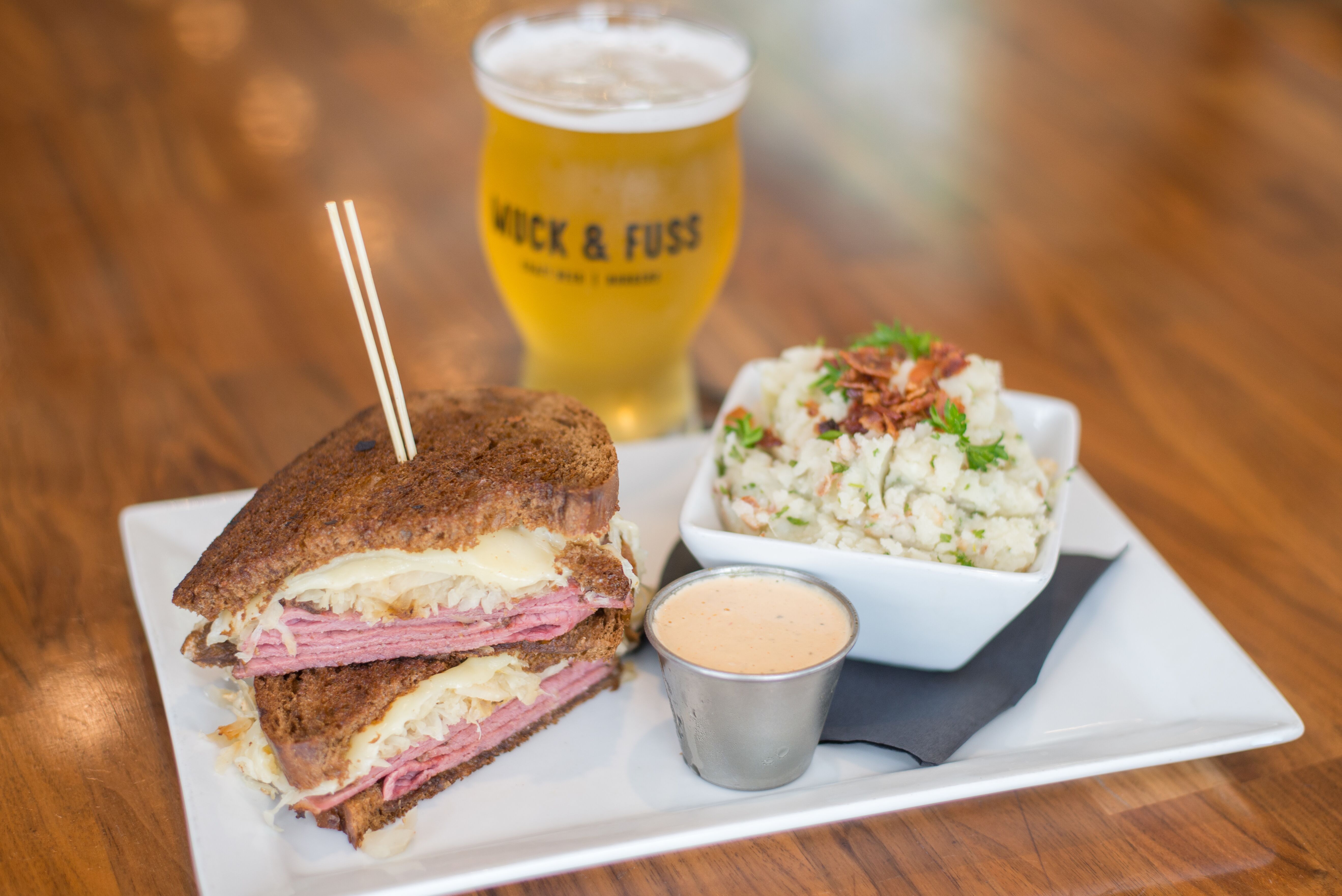

It was the animal liberation movement's first known act of arson. On 10 November 1973, two activists set fire to the building, causing £26,000 worth of damage, returning six days later to set fire to what was left of it. In 1973, the Band learned that Hoechst Pharmaceuticals was building a research laboratory in Milton Keynes. They revived the name of a 19th-century RSPCA youth group, The Bands of Mercy, and with about half a dozen activists set up the Band of Mercy, which attacked hunters' vehicles by slashing tires and breaking windows, designed to stop the hunt from even beginning, rather than thwarting it once underway. In 1972, Lee and fellow activist Cliff Goodman decided more militant tactics were needed. Īnimal rights writer Noel Molland writes that one of these HSA groups was formed in 1971 by a law student from Luton named Ronnie Lee. In protest, he formed the Hunt Saboteurs Association (HSA), which evolved into groups of volunteers trained to thwart the hunts' hounds by blowing horns and laying false scents.

The roots of the ALF trace back to December 1963, when British journalist John Prestige was assigned to cover a Devon and Somerset Staghounds event, where he watched hunters chase and kill a pregnant deer. In the UK, ALF actions are regarded as examples of domestic extremism, and are handled by the National Extremism Tactical Coordination Unit, set up in 2004 to monitor ALF and other illegal animal rights activity. In 2005 the ALF was included in a United States Department of Homeland Security planning document listing a number of domestic terrorist threats on which the U.S. In 2002 the Southern Poverty Law Center (SPLC), which monitors extremism in the United States, noted the involvement of the ALF in the Stop Huntingdon Animal Cruelty campaign, which SPLC identified as using terrorist tactics-though a later SPLC report also noted that they have not killed anyone. The criticism has been accompanied by dissent within the animal rights movement itself about the use of violence, and increasing attention from the police and intelligence communities. There has nevertheless been widespread criticism that ALF spokespersons and activists have either failed to condemn acts of violence or have themselves engaged in it, either in the name of the ALF or under another banner. American activist Rod Coronado said in 2006: "One thing that I know that separates us from the people we are constantly accused of being-that is, terrorists, violent criminals-is the fact that we have harmed no one." According to the ALF's code, any act that furthers the cause of animal liberation, where all reasonable precautions are taken not to harm human or non-human life, may be claimed as an ALF action, including acts of vandalism causing economic damage. You, each and every one of you: you are the ALF." Īctivists say the movement is non-violent. Robin Webb of the Animal Liberation Press Office has said: "That is why the ALF cannot be smashed, it cannot be effectively infiltrated, it cannot be stopped. Īctive in over 40 countries, ALF cells operate clandestinely, consisting of small groups of friends and sometimes just one person, which makes the movement difficult for the authorities to monitor. Critics have labelled them as eco-terrorists. Participants state it is a modern-day Underground Railroad, removing animals from laboratories and farms, destroying facilities, arranging safe houses, veterinary care and operating sanctuaries where the animals subsequently live.

It originated in the 1970s from the Bands of Mercy.

The Animal Liberation Front ( ALF) is an international, leaderless, decentralized political and social resistance movement that engages in and promotes non-violent direct action in protest against incidents of animal cruelty.


 0 kommentar(er)
0 kommentar(er)
